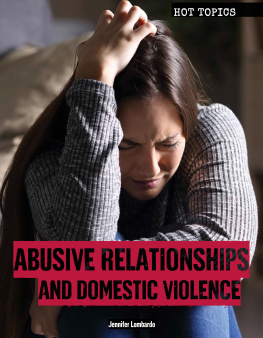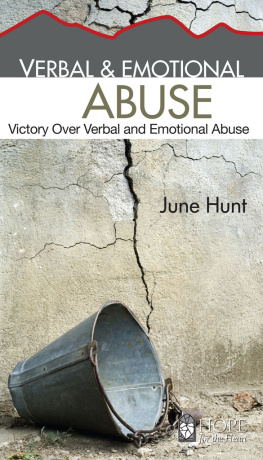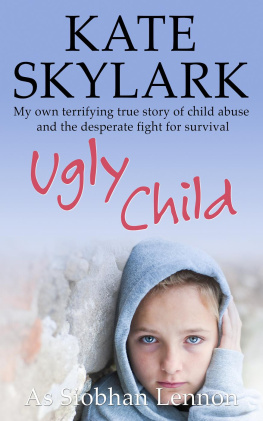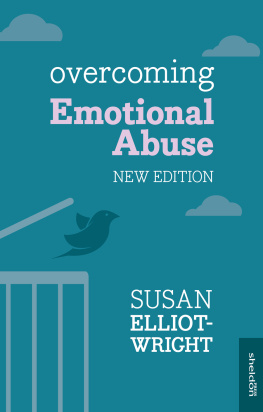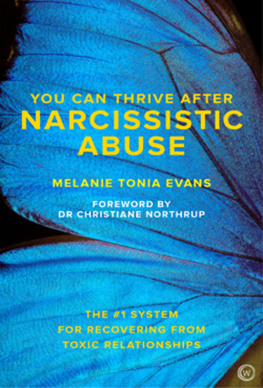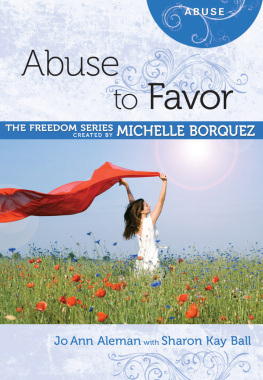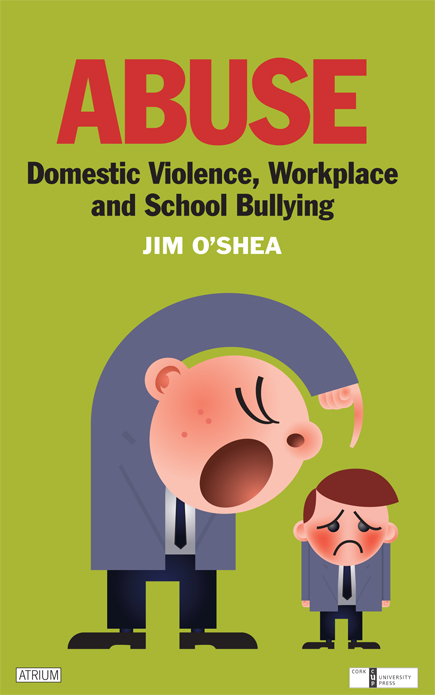Introduction
They stumble in mind-darkness, Joyless in their souls destruction. Shame cloaked. Forgetting who they were, Not knowing who they are. Dehumanised in their wound-filled souls, Tears unnoticed, Hearts hidden hurts. Afraid, They stumble on, Awaiting redemption Courage To confront the destroyer. And live again. Jim OShea
The majority of relationships are healthy, and abuse can never thrive in a healthy relationship. Love is the basis of all healthy relationships. When I was a child, I learned that we should love our fellow humans irrespective of creed, class or colour. I learned that love was patient, kind and tolerant. Behaviours within an intimate relationship should demonstrate love, patience and parity, where we can peacefully sort out our difficulties. The relationship must be nurtured with patience and generosity, and as much unconditional love as possible. Our needs must be substantially met, so that we can feel our power, experience intimacy, feel that we are loved, have fun, and have the freedom to be. The healthy relationship encourages disclosure without fear of nasty repercussions, breeds trust, and allows scope for mutual and individual space.
Unfortunately, however, this is not always the case and abuse is common and universal. It is perpetrated by both men and women. It is found in every social, cultural, economic and racial background. Professionals, white-collar workers, religious leaders, well-educated people are just as likely to be abusive as any other. Throughout the book I will give you a few statistics merely to show how extensive it is globally. These statistics are shocking, and mainly refer to developed countries. I shudder at what may be happening in developing countries such as Uganda, where women are poor, deprived and do most of the farm work. They risk being assaulted, raped, and having their children abducted.
Governments all over the world are now exercised about the reality of abuse. I would like to pay tribute to the Irish government for setting out a national strategy on domestic, sexual and gender-based violence for the period 20102014. This is explained in detail by a report compiled by Cosc, The National Office for the Prevention of Domestic, Sexual and Gender-Based Violence. Cosc (an Irish word meaning to stop or to prevent) was established in 2007 with the key responsibility to ensure the delivery of a co-ordinated response to sexual and gender-based violence. It is concerned with domestic and sexual violence against women and men. It is an executive office of the Department of Justice and Law Reform, but works on a cross-government perspective, covering co-ordination across justice, health, housing, education, family support, and non-government organisations. Its purpose is to ensure the delivery of an effective service through these departments and organisations.
You can learn more about Cosc and its specific tasks from its website, and I would strongly recommend that Irish readers of this book should have a look at the report referred to above. The organisations strategy vision is shown in it, and among other aspects, emphasises that by 2014 there should be a broader understanding of domestic, sexual and gender-based violence, and the existence in Ireland of greater confidence in high quality and consistent services. Hopefully, this will happen, even within the context of a severe economic downturn and a series of harsh budgets.
This book examines five types of abuse physical, emotional/psychological/mental, verbal, sexual, and financial/economic. Generally, they will be explored in the context of intimate relationships. Bullying in the workplace, which can contain all of these types of abuse, is also explored. The book will focus on adult victims and highlight the harrowing behaviours of abusers. However, because of its importance, I have also included a chapter on child abuse.
People need to know what boundaries are before they can understand abuse. This is explored in the opening chapter, and will enlighten parents on child formation. Parents will also learn about dysfunctional child development in chapter 2, which looks at the creation of the abusive personality.
The report by Cosc shows that the Irish population has a high level of awareness of the reality of domestic abuse, yet my experience is that many people do not realise that they are victims. People reared in abusive homes see it as normal, and others from warm, caring homes are ignorant of what it means, and may spend years in abusive relationships, struggling to understand why the person they love is trying to harm them. Many victims are highly educated, and still they do not see the underlying pattern of control or realise that the abusive behaviour is planned and deliberate. This is well illustrated in some of the stories in Elaine Weisss book


